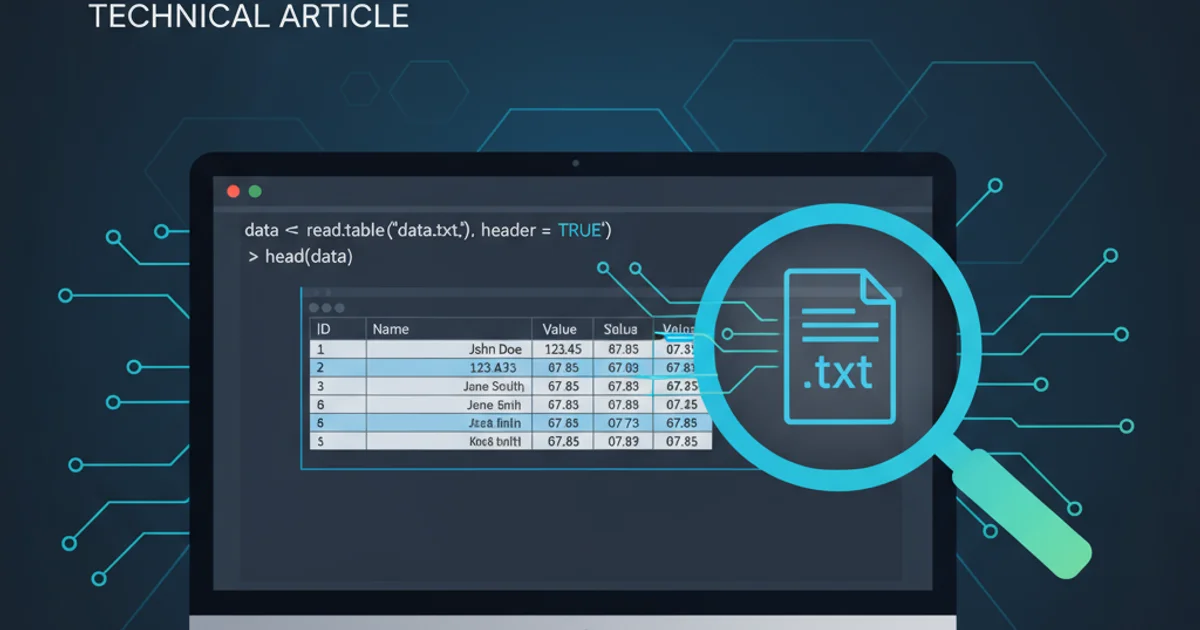Anyone have an ERD symbols quick reference?
Categories:
ERD Symbols Quick Reference: A Comprehensive Guide to Entity-Relationship Diagrams

Demystify Entity-Relationship Diagrams (ERDs) with this quick reference guide to common symbols and notations. Understand how to read and create effective database designs.
Entity-Relationship Diagrams (ERDs) are fundamental tools in database design, providing a visual representation of the relationships between different entities in a system. They help designers and developers understand the structure of a database before it's built, ensuring data integrity and efficient querying. However, the variety of notation styles can sometimes be confusing. This article serves as a quick reference to the most common ERD symbols and notations, helping you interpret existing diagrams and create your own with confidence.
Understanding ERD Notations
There are several popular notation styles for ERDs, each with its own set of symbols for representing entities, attributes, and relationships. The most widely recognized include Chen's notation, Crow's Foot notation, and Barker's notation (used in Oracle). While they all convey the same underlying information, their visual representation differs significantly. Crow's Foot is particularly popular for its readability and clear representation of cardinality.

Comparison of common ERD notations
Crow's Foot Notation Explained
Crow's Foot notation is favored for its intuitive representation of cardinality and optionality. It uses specific symbols at the ends of relationship lines to denote the minimum and maximum number of instances of one entity that can be associated with instances of another entity. Mastering these symbols is key to accurately depicting database relationships.

Crow's Foot Notation: Cardinality and Optionality
Key ERD Components and Their Symbols
Regardless of the notation style, all ERDs consist of three primary components: Entities, Attributes, and Relationships. Understanding how each is represented is crucial for both reading and creating effective diagrams.
1. Entities
Represented as rectangles, entities are real-world objects or concepts that have data stored about them (e.g., Customer, Product, Order). They typically correspond to tables in a relational database.
2. Attributes
Represented as ovals (Chen's) or listed within the entity rectangle (Crow's Foot, Barker's), attributes are the properties or characteristics of an entity (e.g., CustomerID, ProductName, OrderDate). Primary keys are often underlined.
3. Relationships
Represented by lines connecting entities, sometimes with a diamond in between (Chen's), relationships describe how entities interact or are associated with each other (e.g., a Customer 'places' an Order). Cardinality and optionality symbols are crucial here.